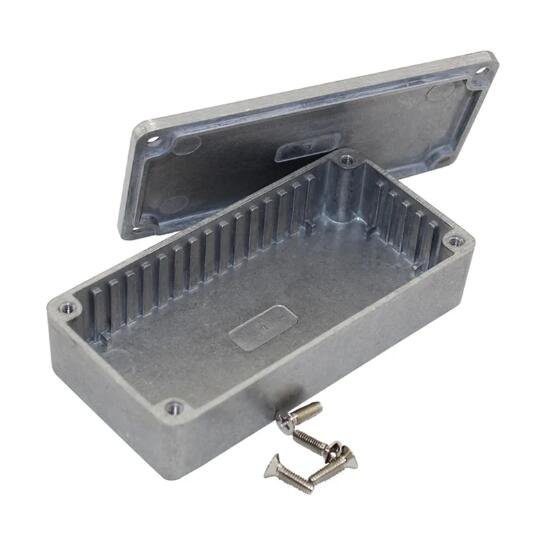Demystifying the Process: CNC Machining Aluminum Blocks for Electrical Accessories
2024-04-28
In the modern world of manufacturing, CNC (Computer Numerical Control) machining has revolutionized the production of intricate components, including aluminum block electrical accessories. From connectors to housings, these accessories play a crucial role in ensuring the reliability and functionality of electrical systems. Let's delve into the process of CNC machining aluminum blocks for electrical accessories and understand how this technology transforms raw materials into precision-engineered components.
1. Design and Programming
The process begins with the design of the electrical accessory using CAD (Computer-Aided Design) software. Engineers create detailed 3D models that specify the dimensions, features, and tolerances required for the part. Once the design is finalized, CAM (Computer-Aided Manufacturing) software is used to generate the CNC program.
2. Material Selection and Setup
Aluminum is a popular choice for electrical accessories due to its lightweight, conductive properties, and ease of machining. The appropriate grade of aluminum block is selected based on the specific requirements of the accessory.
The selected aluminum block is then secured onto the CNC machine's worktable using clamps or fixtures. Proper alignment and setup are crucial to ensure accuracy during machining.
3. Tool Selection and Setup
Next, the appropriate cutting tools are selected based on the material, geometry, and complexity of the electrical accessory. Common tools used in CNC machining of aluminum blocks include end mills, drills, and reamers.
Once selected, the tools are loaded into the CNC machine's tool magazine and set up according to the CNC program. Tool offsets and toolpaths are established to ensure precise machining operations.
4. Machining Operations
With the setup complete, the CNC machining process begins. The CNC machine follows the programmed instructions to precisely remove material from the aluminum block, shaping it into the desired electrical accessory.
Machining operations may include:
- Milling: Cutting away material to create features such as holes, slots, and contours.
- Drilling: Creating holes for mounting points, connectors, or cable pass-throughs.
- Tapping: Cutting threads into drilled holes for screws or fasteners.
- Surface Finishing: Smoothing or polishing surfaces for aesthetic and functional purposes.
5. Quality Control and Inspection
Throughout the machining process, quality control measures are implemented to ensure that the finished electrical accessories meet the specified requirements. This may include in-process inspections using measurement tools such as calipers, micrometers, or CNC probing systems.
6. Post-Machining Operations
Once machining is complete, additional post-processing operations may be performed to further enhance the functionality or aesthetics of the electrical accessory. This may include deburring, anodizing, or surface coating.
7. Final Inspection and Packaging
Before the electrical accessories are ready for use or assembly, a final inspection is conducted to verify dimensional accuracy, surface finish, and overall quality. Once approved, the components are packaged and prepared for shipment to the customer or assembly line.
Conclusion
CNC machining of aluminum blocks for electrical accessories is a precise and efficient process that ensures the production of high-quality components. From design and programming to machining operations and quality control, each step is meticulously executed to meet the exacting standards of the electrical industry. As technology continues to advance, CNC machining will remain at the forefront, driving innovation and excellence in the manufacturing of electrical accessories.



